#great black cormorant
Text
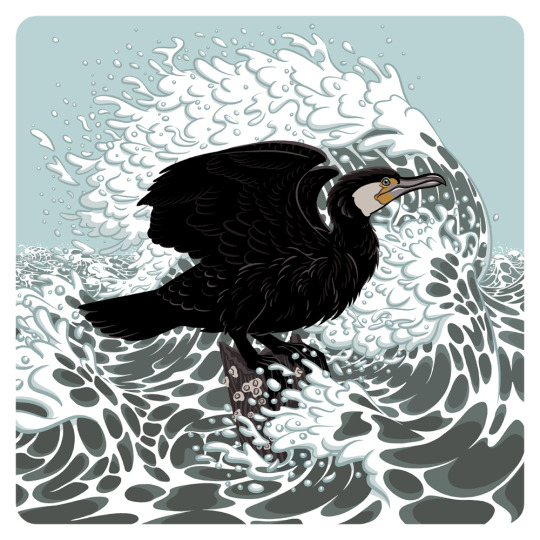
Inspired by the recent storms, here's a great cormorant facing the wind.
#great cormorant#shag#cormorant#phalacrocorax carbo#black shag#black cormorant#great black cormorant#large cormorant#kawau#phalacrocoracidae#sticker#wave#ocean#wind#storm#sea bird#pelagic#jada fitch#illustration#art#design#animal art#animals#nature#maine#crashing#windy#maine artist#maine storms#maine illustrator
241 notes
·
View notes
Text

Great cormorant, black-headed gull, and yellow-legged gull . . . Murano, Venice, Italy . . . 10/2/23
#birb#birblr#great cormorant#black headed gull#yellow legged gull#bird#birdlr#wildlife#photography#wildlife photography
46 notes
·
View notes
Video
IMG_0054 by Henry
Via Flickr:
Osprey
#Osprey#great white egret#Black crown night heron#Cormorant#cormorants#Bird#Birds#Nature#Canon#flickr
9 notes
·
View notes
Text

Cormorant, black-headed gulls and crow
#great cormorant#crow#corvid#corvids are best birds#black headed gull#bird photography#birdwatching#countryside bird
14 notes
·
View notes
Text

8 notes
·
View notes
Text

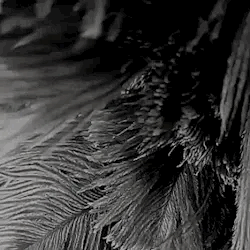







great cormorant stimboard with lots of water, rain and wings <3!
requested by @fulltimefalcon!
requests are open!
-💥
image sources in the links!
X X X | X X X | X X X
#yamblast#great cormorant#bird therian#therian#stimboard#green stimboard#green#black#rain#middle gif cropped by me :)
7 notes
·
View notes
Text
huge respect to @myxinidaes for reblogging that post with 100 birds
#ok im gonna try to list 100 birds. house sparrow song sparrow fox sparrow white-throated sparrow dark-eyed junco#robin. ovenbird. hermit thrush. carolina wren. cardinal#carolina chickadee. house finch. purple finch. goldfinch. white-breasted nuthatch#red-breasted nuthatch. hooded merganser. american coot. wood duck. mallard duck#surf scoter. ruddy duck. black duck. northern shoveler. common loon#crow. fish crow. raven. turkey vulture. bald eagle#feral pigeon. mourning dove. turkey. quail. AMERICAN WOODCOCK#solitary sandpiper. herring gull. great black-backed gull. piping plover. killdeer#yellow-rumped warbler. pine warbler. palm warbler. black and white warbler. i cant think of a fifth warbler. red tailed hawk#cooper's hawk. osprey. barn swallow. tree swallow. blue jay#peacock. egyptian goose. peregrine falcon. merlin. canadian goose#green heron. starting to struggle here. flamingo. skua. albatross. great blue heron#barn owl - snowy owl - great horned owl - barred owl - WHAT was that little owl in central park called - uhhh mandarin duck#chicken. california condor. rose finch (there are many but i dont remember any of the weirder species). adelie penguin. emperor penguin#northern mockingbird.. starling.. grackle.. african gray parrot.. monk parakeet#stellar's jay ... baltimore oriole.. argh what's the other oriole we get. DOWNY WOODPECKER.. hairy woodpecker... pileated woodpecker#red-headed woodpecker. red-bellied woodpecker. ruby-throated hummingbird. scarlet macaw. whooping crane#whippoorwill. snowy egret. great egret. european robin. bird of paradise#there's a warbler that's just 'yellow' right? yellow warbler? cormorant...#struggling with some where i cant remember the exact name like was it a 'double crested' cormorant or something else.#zebra finch .. blue-footed booby... pelican....#australian magpie. The Other Magpie. ibis (nonspecific). potoo. EASTERN BLUEBIRDDDDDD !!!#ceruleanrambling#now i can go read yours
17 notes
·
View notes
Photo


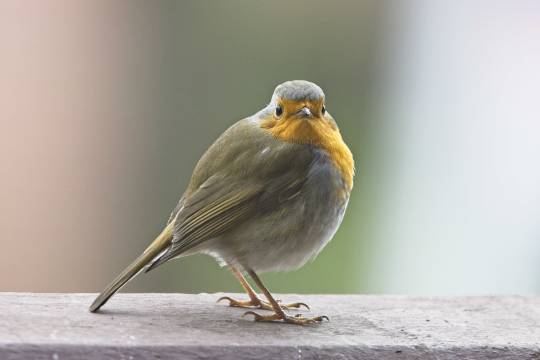
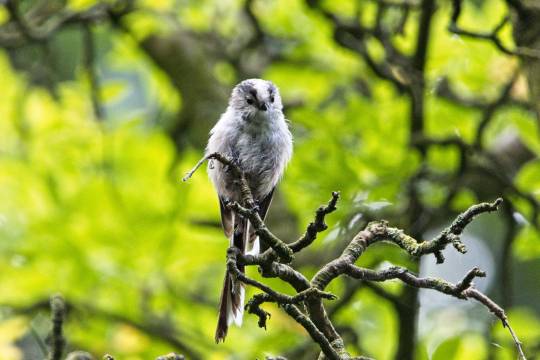






Highlight of my bird year - part four
The birds in my neighbourhood, always a joy.
#birds#Cormorant#Herring Gull#black headed gull#european robin#long-tailed tit#great tit#eurasian blackcap#Common Moorhen#Mallard Duck#great crested grebe#common kingfisher
17 notes
·
View notes
Text





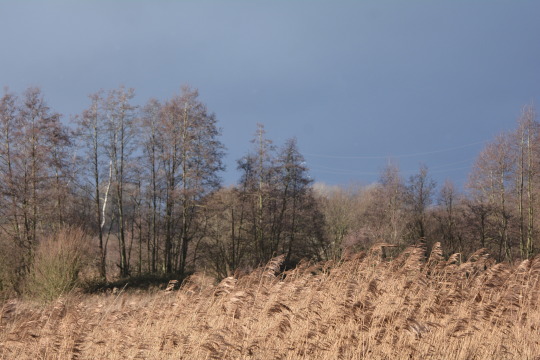
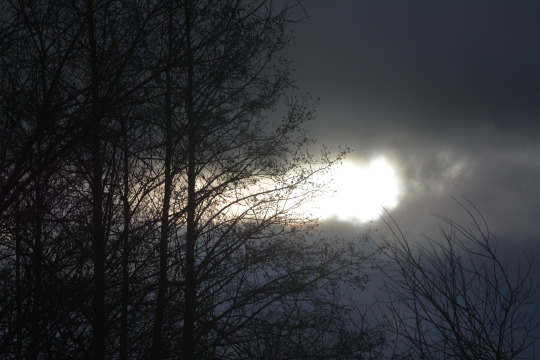

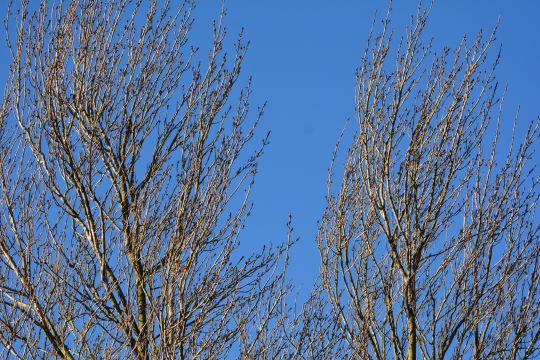
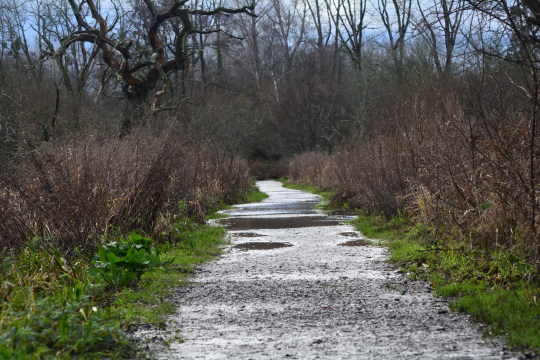
2nd January 2023: A fantastic wild walk at Fishlake Meadows
Photos taken in this set are of; one of a fair few Cormorants seen flying over, the stunning turkey tail which was a standout on my last visit here last month looking enchanting in the sunshine, a Herring Gull, beautiful views it was invigorating to be out in this vast landscape as the strong winds brushed the trees vigorously and the bright bursts of sunlight turned the reedbeds golden with pretty winter sky scenes and the flooded area notable to see, some lovely orange jelly spot fungi which was fascinating to observe on wood and some of a few bits of in flower hogweed which I really enjoyed seeing as well as their fascinating leaves.
On the walk to and at the reserve it was also good to see my first Mute Swans, Great Black-backed Gulls, Grey Herons, Pintail and Chiffchaff of the year keeping my year list going well; the Chiffchaff my second earliest ever sighting of one in a year this familiar spring visitor which is resident also these days and Pintail top ones to see with a fair few Grey Herons enjoyed as well as Greylag Geese, great Dunnock and Goldcrest views, Long-tailed Tits, Blue Tit, Great Tit, Pheasant seen well, Buzzard and Kestrel. Grey Squirrel, mistletoe, viburnum, white deadnettle, rose hips, ivy, thistle leaves and other fungi including crowded parchment were also good to see. Starling a key species at home today with Red Kite enjoyed from the train again and my first Rabbit of the year seen passing the University of Southampton sports fields on the way to the station.
#photography#goldcrest#cormorant#chiffchaff#grey heron#herring gull#great black-backed gull#fishlake meadows#romsey#hampshire#england#uk#world#earth#nature#happy#long-tailed tit#mute swan#2024#january#winter#sunshine#wind#weather#reedbeds#water#walking#walk#viburnum#hogweed
6 notes
·
View notes
Photo
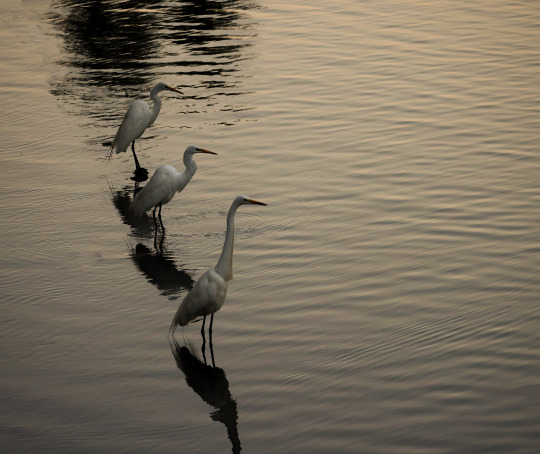



Bird-a-Palooza. Egrets in a row. Great Blue Heron. Black-Crowned Night Heron (Juvenile). Cormorant. 5:30 to 5:45 a.m. July 4, 2022. 61° F. Stamford, CT (@dkct25 on Instagram)
#Egrets#heron#great blue heron#birds#blue heron#black-crowned night heron#cormorant#stamford#connecticut#photographer on tumblr#original photography
45 notes
·
View notes
Photo

0 notes
Text
Why aren't ostriches kosher? A case-study for Kashrut laws
Unlike mammals and fish, the Torah does not provide a list of signs that identify a bird as kosher or non-kosher. Instead, it provides a list of non-kosher birds in Leviticus 11:13-19, and they are:
נֶּ֙שֶׁר֙- Eagle
פֶּ֔רֶס- Vulture (or Kite)
עׇזְנִיָּֽה- Black vulture (or Osprey)
דָּאָ֔ה- Kite (or Kestrel)
אַיָּ֖ה לְמִינָֽהּ- Falcon (or Vulture) of every variety
כׇּל־עֹרֵ֖ב לְמִינֽוֹ- All varieties of Raven
בַּ֣ת הַֽיַּעֲנָ֔ה- Ostrich
תַּחְמָ֖ס- Nighthawk (or Jay, or Goatsucker, or some species of Owl)
שָּׁ֑חַף- Gull (or Sparrow hawk)
נֵּ֖ץ לְמִינֵֽהוּ- Hawks of every variety
כּ֥וֹס- Little owl (or just Owl)
שָּׁלָ֖ךְ- Cormorant (or Gull)
יַּנְשֽׁוּף- Great owl
תִּנְשֶׁ֥מֶת- White owl
קָּאָ֖ת- Pelican (or Starling)
רָחָֽם- Bustard (or Magpie)
חֲסִידָ֔ה- Stork
אֲנָפָ֖ה לְמִינָ֑הּ- Herons of every variety
דּוּכִיפַ֖ת- Hoopoe
עֲטַלֵּֽף- Bat
The Torah repeats this list in Deuteronomy 14:11-18. As you can see, most of the species on this list are uncertain in translation (which is why I offered alternate translations), although you can see the general idea. But, we know 100% that ostrich is explicitly forbidden in the Torah, we don't even need to derive anything. The birds that are kosher are generally regarded as kosher based on unbroken tradition that they are (they are cases of birds no longer being considered kosher by most Jews despite them once being considered kosher, because the tradition was broken, but we'll get to that later).
Of course, there are many more birds species besides those listed, and very early on the Sages figured signs of kosher and non-kosher birds based on the list. First, as you can see, many of the birds on the list are birds of prey, so any birds of prey are automatically non-kosher. That was easy for them to figure out.
But what about anatomical signs?
Well, they figured that out, too. (Chullin 59a)
A bird that claws its prey and eats is non-kosher (such as birds of prey).
A kosher bird has a digit seperated slightler higher behind the other three toes, a crop, and/or a gizzard that has a membrane on the inside that can be peeled. Below is a comparison of raven feet and a parrot's foot, versus duck feet and chicken feet. On the left, the raven and parrot's feet have all their toes branching out of the same level. On the right, the duck and chicken feet's back toe is slightly elevated and seperate from the other toes.

A bird that perches on a wire with two toes in the front and two in the back is non-kosher, as demonstrated below by a close-up of a parrot's feet while perching. You can see that there are only two toes in the front, while the other two are in the back.
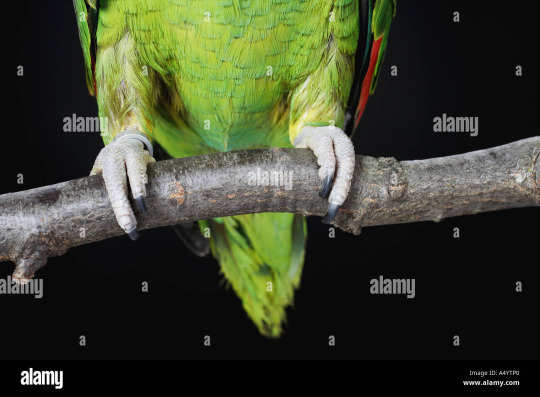
So, in order for a bird to be considered kosher, it must not be on the list of non-kosher birds provided in the Torah, must fulfil the anatomical descriptions outlined later by the Sages, and must have a tradition of being kosher.
Israel is the largest consumer of turkey meat per capita. This is because Jews eat a lot of turkey, including kosher-keeping Jews. But.....turkey is a New World bird! How can there be a tradition of turkeys being kosher if the ancient Israelites would have never encountered turkeys???
So this is where it gets even more interesting. When turkey was first introduced to Jews, it became widely popular. It's thought that Jews first started eating it because of its similarity to chicken, and assumed it must be kosher. Eventually, the Rabbis realized they had to make a decision about the status of turkeys. If they ruled turkeys as non-kosher, then all the Jews who had already been eating turkeys would be ruled as eating non-kosher, which y'know as a Rabbi you really don't want to declare a whole bunch of Jews as doing the wrong thing. So, most Rabbis relied on a passage in the Talmud stating that a non-kosher animal cannot become pregnant by kosher animals (Bekhorot 7a). Since turkeys and chickens can hybridize, Rabbis relied on this passage to declare turkeys as kosher. There are still some Jews today that don't regard turkey as kosher, but it is accepted as kosher by the majority of world Jewry and is a very popular meat.
What about peacocks? Well, peafowl are mentioned numerous times in the Tanakh and in Jewish history as being eaten, but today, the Orthodox Union does not certify them as kosher. Peafowl are genetically related to other kosher birds and have all the necessary signs.....but they are no longer considered kosher by major Orthodox opinions. This is because the last record of peafowl being considered kosher and eaten by a Jewish community was in the mid 19th century. The tradition was broken, and therefore peafowl aren't eaten or certified, despite the fact that they technically are kosher.
Now here's where is gets fun- somehow, the distinctions between kosher and non-kosher birds fit really neatly within our modern understanding of bird phylogeny. Most kosher birds fall under the Galliformes (chickens and friends) and Anseriformes (ducks and friends) Orders, which are more closely related to eachother than they are to any other Orders, and make up the Superoder Galloanserae. The only kosher birds that don't fall into that Superorder are pigeons and doves, but pigeons and doves are already considered a little different by the Sages- they're the only birds that can be used as offerings in the Temple. This is yet another example of how well the ancient Jewish animal classifications fit with out modern phylogenetic understanding, it's super cool. Because grebes and gallinules look a lot more similar to ducks than chickens do, but nope, they are not kosher while ducks and chickens are, and indeed, ducks and chickens are more closely related to each other than ducks are related to grebes and gallinules.
So, in conclusion- ostriches aren't kosher because
1) They are listed among the non-kosher birds in the Torah
2) They are missing toes- their toes are not in the configuration outlined in the Talmud, and in fact they only have two very large toes, as you can see below:

3) They do not have a crop (all ratites do not have crops)
Hope you enjoyed this long-winded way of answering why ostriches aren't kosher :)
Further Reading:
A Peafowl by any other Name
What Are the Signs of a Kosher Bird?
The Liberated Bird: Let’s Talk Turkey
195 notes
·
View notes
Text
I want to comment on art in The Tenant of Wildfell Hall and Jane Eyre, because I think it’s an illustrative comparison.
In both books, the heroines have an interest in and a talent for art. I’m a little bhind on Wildfell Weekly, but in chapter 18, “The Miniature”, we see Huntingdon looking at Helen’s art on several occasions. On all of them, he shows no interest in the art itself or Helen’s thoughts as an artist (as with a scene where he calls her away to look at a Van Dyke pa8nting and she’s actually interested in it, but he cuts off her thoughts as he doesn’t care about it and only wanted to get her alone), but only what the art demonstrates about her feelings for him, which please his ego.
On the first occasion, he is looking through Helen’s drawings, but we get none of his comments on them until he is delighted to find a sketch of him favce on the back of one of them, and some etased but still visible attempts at other sketches of him. He is delighted by this, flaunts his power over Helen by ignoring her for the rest of the evening and flirting with another woman, and then kisses her (a very unacceptable advance on a woman you weren’t married or engaged to to at the time, and one which Helen does not consent to).
The next day, he sees Helen working on a detailed painting of a young girl in a glade of the forest looking up at a pair of nesting turtledoves, a symbol of love.
“Very pretty, i’faith!” said he, after attentively regarding it for a few seconds; “and a very fitting study for a young lady. Spring just opening into summer—morning just approaching noon—girlhood just ripening into womanhood, and hope just verging on fruition. She’s a sweet creature! but why didn’t you make her hair black?” [Helen’s hair is dark.]
“I thought light hair would suit her better. You see I have made her blue-eyed and plump, and fair and rosy.”
“Upon my word—a very Hebe! I should fall in love with her if I hadn’t the artist before me. Sweet innocent! she’s thinking there will come a time when she will be wooed and won like that pretty hen-dove by as fond and fervent a lover; and she’s thinking how pleasant it will be, and how tender and faithful he will find her.”
“And perhaps,” suggested I, “how tender and faithful she shall find him.”
“Perhaps—for there is no limit to the wild extravagance of Hope’s imaginings at such an age.”
Helen gets him to walk the last comment back, but his takeaway from the painting - another assurance that she’s in love with him, and he can use that and rely on it without giving anything in return - is, again, one that satisfies his vanity and sense of power. And immediately after, he takes Helen’s works in progress and looks at them, ignoring her refusal, and laughs at finding a miniature of his portrait she has drawn.
This contrasts with a scene in Jane Eyre where Rochester is looking at Jane’s art: he is not interested in what they say about how she feels about him (this is still early in their acquaintanceship), but in what they say about her and her thoughts.
Rochester looks through her portfolio closely and picks out three, all with rather Gothic subjects and tone (in contrast to the more sentimental tone of Helen’s turtledove painting):
one of a shipswreck in storm, with the arm of a drowned woman, and a cormorant holding a jewelled bracelet that the waves had torn from her wrist
the peak of a grassy hill in wind, with a deep blue twilight sky showing the shoulders and head of the figure of a woman with a star on her brow (Silmarillion fans, imagine fanart of Varda and you’ll get the idea)
An iceberg in polar winter, with the northern lights, and a vast, pale-white head in the sky, half- veiled and representing Death.
Even as a narrator of the book, Jane is diffident, saying the pictures are “nothing wonderful”, but she describes them in great detail, and in answer to Rochester’s question of whether she was happy when she painted them, admits that “to paint them was to enjoy one of the keenest pleasures I have ever known”, and that when she painted them she worked on them from morning to night.
That Rochester focused on these three paintings, which are very different from the calm, composed, and dutiful image Jane projects to the outside world, already says a lot about his understanding of her; he is seeing something in her that almost no one else has noticed. He observes, before she has told him anything, that they took “much time, and some thought.” Jane, despite having loved working on them, says in response to his questions that she is dissatisfied with them: “in each case I had imagined something which I was quite powerless to realize.”
Rochester is clearly impressed by both the art and the thoughts, though blunt and not flattering:
“You have secured the shadow of your thought; but no more, probably. You had not enough of the artist’s skill and science to give it full being: yet the drawings are, for a school-girl, peculiar. As to the thoughts, they are elfish. These eyes in the Evening Star you must have seen in a dream. How could you make them loomk so clear, and yet not at all brilliant? for the planet above quells their rays. And what meaning is that in their solemn depth? And who taught you to paint wind? There is a high gale in that sky, and on that hill-top.”
Huntingdon is interested in Helen’s art only insofar as it reveals her attraction to him and flatters his vanity. Rochester is interested in Jane’s art for what it says about her and her thoughts; she is reserved with most people, and he probably gets a better sense of her personality and character - and shows more interest in it - from that one conversation than anyone else has in Jane’s adult life. His questions are blunt, but she answers them with honesty and emotion, like it’s a relief and pleasure to meet someone who wants to know. She wants the side of her revealed in those paintings to be understood, and he’s the only person she’s met who understands it; that’s central to why they fall in love.
50 notes
·
View notes
Video
IMG_0025 by Henry
Via Flickr:
Great blue heron
#Bird#Birds#Canon#Nature#Great Blue Heron#Mallard#Black crown night heron#American pekin#Cormorant#Common pochard#flickr
7 notes
·
View notes
Text

On a sandbank in the river, a birds Where's Waldo
#pigeon#gull#seagull#black headed gull#magpie#corvid#corvids are best birds#cormorant#great cormorant#bird photography#birdwatching#city bird#urban bird
8 notes
·
View notes
Text
Birds of Hyde Park, London:
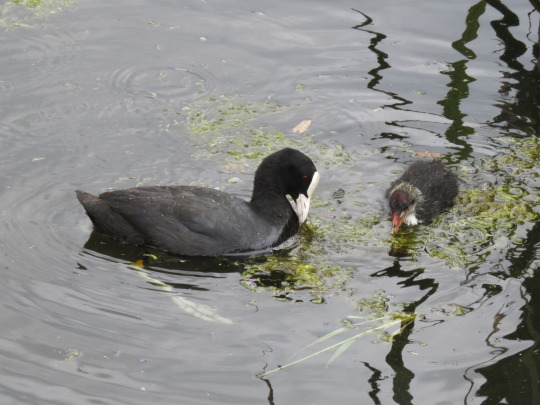

Eurasian Coot + Mute Swan

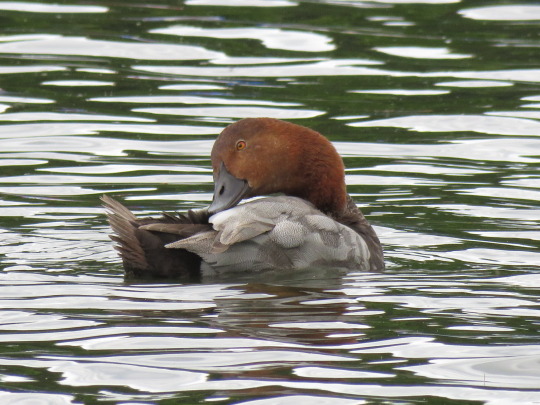
Great Cormorant + Common Pochard
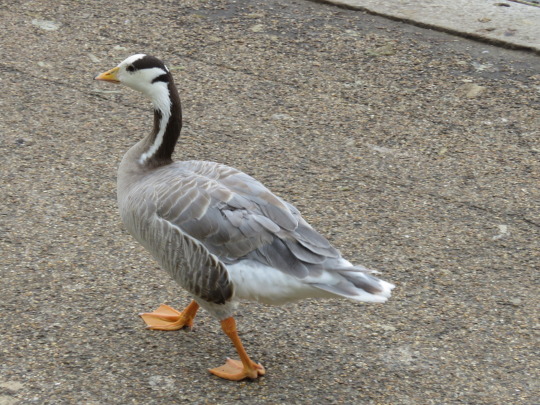

Bar-headed Goose + Black Swan
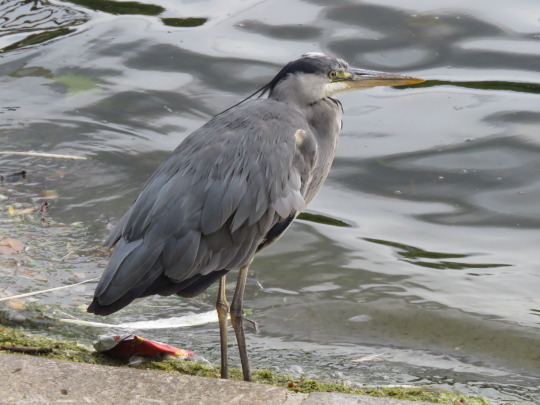
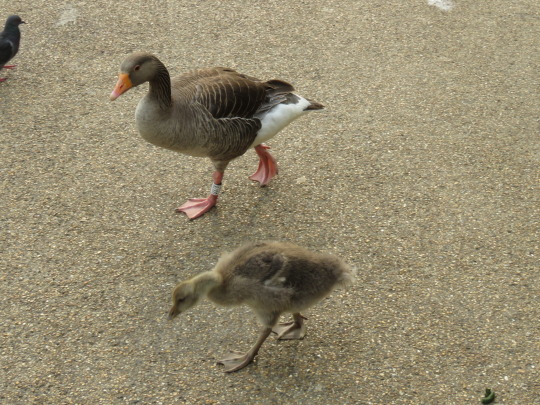
Grey Heron + Greylag Goose


Egyptian Goose + Great Crested Grebe
110 notes
·
View notes
